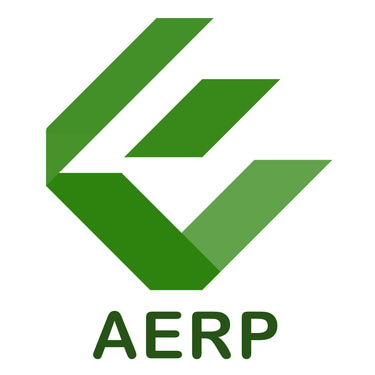
Process Control Engineer
A Process Control Engineer is responsible for designing, implementing, and maintaining control systems to regulate and optimize industrial processes. Their primary focus is on ensuring the efficient and safe operation of industrial processes by using various control techniques and technologies. Process Control Engineers work in a wide range of industries, including manufacturing, chemical processing, oil and gas, power generation, and more.
Control System Design: Designing control systems tailored to the specific requirements of the industrial process. This involves selecting appropriate control strategies and algorithms based on the process dynamics.
Instrumentation Selection: Selecting and integrating sensors, transmitters, and other instrumentation to measure process variables accurately (e.g., pressure, temperature, flow, level).
Programmable Logic Controllers (PLCs) and Distributed Control Systems (DCS): Programming and configuring PLCs and DCS to implement control strategies and algorithms. PLCs are often used for discrete control tasks, while DCS handles continuous control of complex processes.
Control Algorithm Development: Developing control algorithms to regulate and optimize process variables, such as temperature, pressure, and flow rates, to maintain desired setpoints and achieve optimal process performance.
PID Control Tuning: Tuning PID (Proportional-Integral-Derivative) controllers to ensure stable and responsive control of process variables.
Advanced Process Control (APC): Implementing advanced control techniques, such as model predictive control (MPC) or fuzzy logic control, to achieve more sophisticated and optimized process control.
Human-Machine Interface (HMI): Designing user-friendly HMIs to provide operators with a visual representation of the process and allow them to interact with the control system. Implementing data acquisition systems to collect real-time data from sensors and process variables. Analyzing this data to optimize process performance and identify potential issues or inefficiencies.
Safety Systems: Implementing safety systems and interlocks to protect personnel, equipment, and the environment in case of abnormal process conditions.
Process Optimization: Applying control strategies and technologies to optimize production processes, reduce waste, and improve product quality and consistency. Integrating control systems with other automation systems, such as supervisory control and data acquisition (SCADA) systems, to create a seamless and comprehensive control solution.
keys Roles and Responsibility






Software Skills
Aspen Plus - Teach Yourself the Basics
Minitab - Statistical Thinking for Industrial Problem Solving
SAS JMP - Statistical Thinking for Industrial Problem Solving
Technical Skills
Basic Control System - Get Familiar with PLC, DCS, SCADA, HMI, RTU and Smart Instrumentation
Fundamentals of Failure Modes and Effects Analysis - Design and Process
Fundamentals of Root Cause and Faulty Tree Analysis
How to Read P&ID, PFD & BFD
Statistics for Chemical and Process Engineers
Certification
Lean Six Sigma Green Belt - ASQ
Lean Six Sigma Green Belt - IASSC
